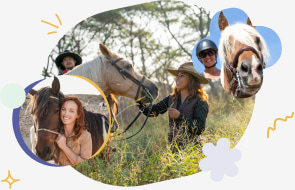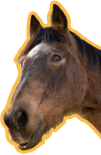Cattle driving is slow, with minimal galloping, but requires riders to handle challenging terrain independently.
Cattle respond well to being moved by horses, as they are used to them and feel naturally respectful but not threatened. Horses move at a similar speed to cattle and can anticipate their movements. Riders work as a team, with positions based on ability, flanking the herd's sides, rear, and head.
A lead cow, usually an older matriarch, guides the herd. In spring, calves learn their grazing areas, water sources, and how to return home. On Dartmoor, these grazing areas are called "lears," with each herd having its own.
Cattle driving is a traditional, rewarding practice that spans diverse landscapes, including woodlands, valleys, steep inclines, rivers, and rock-strewn areas, offering stunning views from hilltops.








































